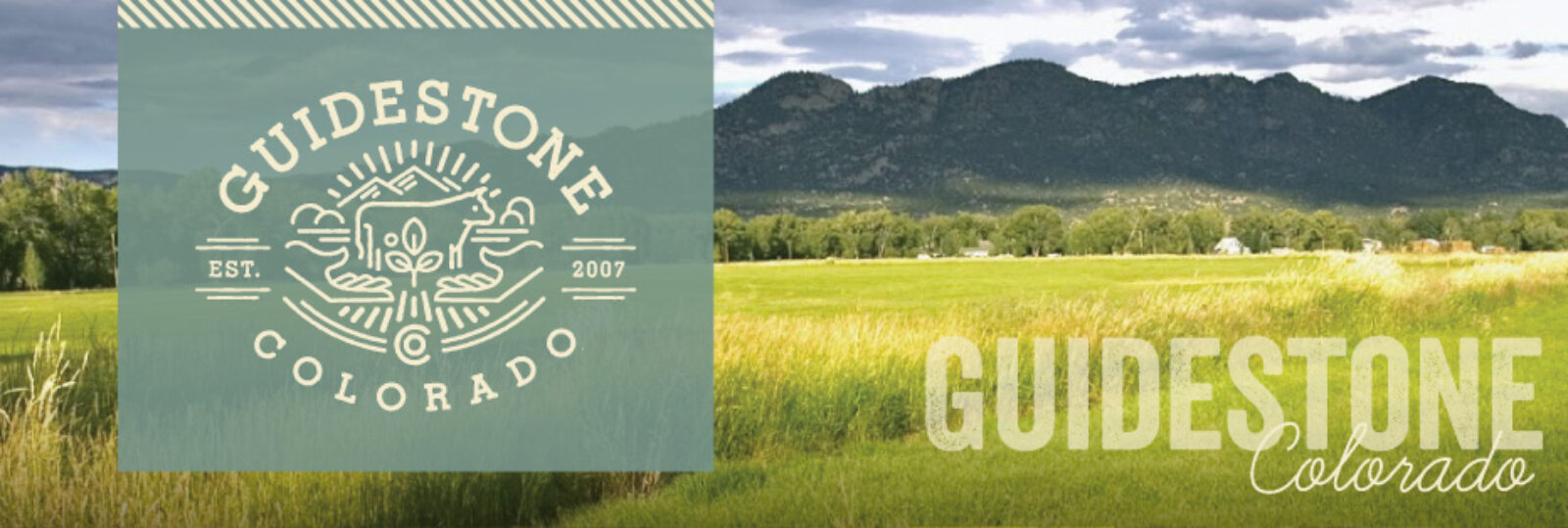By Joel Benson
The Environmental Protection Agency has announced that greenhouse gases may endanger public health or welfare. This discovery will be under public eyes for 60 days of comment. While the statement may be true, particularly given concerns over global climate change, there are some significant unintended consequences that could follow, including consequences that would affect the relatively few producers here in along the Upper Arkansas River Valley as well as the plentiful consumers.
If the EPA settles on its decision, then emissions of methane, among other gases, have to be regulated. Methane comes from a many, many sources, but primarily decomposition in an environment that has no oxygen, such as a landfill, a bog, rice fields, and the stomachs of animals. We are concerned with the latter, cows in particular. Ogden Nash wrote, “The cow is of the bovine ilk; One end is moo; the other, milk.” One additional product of the cow is gas. Biogas, if you will. According to one study, a single Holstein dairy cow can fill 140 two-liter bottles with gas in a single day. An 1800 animal dairy (Holsteins) can produce 48,000 pounds of manure in a day, or more than 17 million pounds in a year. The manure can be composted or, with proper grazing management, put out on the fields. Flatulence and burped gas cannot. So, the EPA would have to regulate this methane. A policy is put into place and regulators get busy enforcing this policy. The EPA would now have a “cow tax” or “flatulent tax”. For each cow you have, you pay a tax to offset its potential damage.
Let’s analyze the policy. We have to ask ourselves what problem the policy is trying to address. Then we work to get to the root cause of the problem.
First, what is the problem that the policy is trying to address? Global climate change.
Second, the root cause: Why does global climate change happen? Many, many factors contribute and one piece of conventional wisdom says that there are too many greenhouse gases. Why are there too many greenhouse gases? We are burning fossil fuels and cows burp and fart methane. Regardless of your opinions on the validity of global climate change, I will focus on this last question; the answer to which gives a tremendous breakdown in logic.
We visit the sources stated: Fossil fuels and methane.
Fossil fuels: This is not the subject of this article. There is a lot to say about this subject and experts from around the globe are debating the topic and creating new industry that deals with fossil fuels and distribution networks. One note, if we were to stop all burning of fossil fuels, we would not stop the build up of atmospheric greenhouse gases.
Methane: We will address methane in depth, as it is the ‘problem’ that the cow tax policy is trying to address.
Other sources: We as global citizens generally do not talk about fire as a contributor to atmospheric greenhouse gases. One acre of rainforest burning is the equivalent to the annual emissions of 16 vehicles in the United States. Millions of acres burn each year. On average 3.8 million acres burn in the United States alone. Most of the continent of Africa burns annually. The argument goes, that fire is natural. This statement should be visited in depth and the role of fire as opposed to other tools, such as herds of animals, should be visited. The point in bringing this up is that there are other significant sources of greenhouse gases that do not get the attention they deserve.
This argument brings up the fact that there may be more to global climate change than we first assume and therefore we may not be treating the root cause of the problem. But, we investigate: are cows the root cause of the problem?
As far as I can tell, there are studies that measure methane produced in a confined animal lot, or feedlot. A bag is attached to the back end of a cow and a hose to the front end with a meter that accounts for methane and other gases emitted. Measure, average the readings, and enact a tax. But, cows did not evolve to eat grain as their primary feed, rather grass. The microorganisms inside the rumen of a cow behave differently for different feeds. If a cow primarily ate that which it evolved to digest, namely grass, the methane levels would change. And again, if the cow spent a majority of its days on pasture where its manure would decompose outside of a massive pile of anaerobic dung, total methane would be reduced. Furthermore, the activity of a cow can affect the growth of the grass and the microorganisms in the soil, actually removing carbon and sequestering it into the ground. The curiosity: feedlot animals are not pastured animals. Granted, most every cow in the country is in a ‘feedlot’ at some point in its life, and even the anticipated new organic rules state that a cow only needs 30% of its diet for 120 days from pasture. But the interplay with pasture will change the flatulence of cows, and therefore gives cause to reevaluate the cow tax. Conclusions of a study carried out on feedlot animals may not pertain to pasture. Perhaps the management of cows by humans and the resultant behavior of cows are more the root cause of the influx of methane.
So, the policy of a ‘cow tax’ does not address the root cause of the problem of contributing greenhouse gas. I do not bring up the actual build up of gas nor how to remove greenhouse gases. The inability of the soil to sequester carbon may be closer to the root cause of the problem than actually putting carbon and methane into the atmosphere. Even so, the taxation of cows that eat food that they did not evolve to eat, i.e. corn, and managing them in large feedlot operations, address a symptom of the problem. The policy of a ‘cow tax’ is flawed from the outset because it will not do what it intends.
We then look at the externalities. The Upper Arkansas has a limited growing season. Cows are generally pastured in the summer and hayed in the winter. Some grain will be fed, but not to the extent or ration that is done in a conventional feedlot. Across-the-board ‘emission fees’ would jeopardize the solvency of any ranching or dairy in the valley. According to calculations by the American Farm Bureau Federation farmers and ranchers would pay $175 per dairy cow and $87.50 per beef cow. Levying a tax places an additional burden on our local producers and may be a tipping point to encourage ranchers to sell property and water rights to other entities. Perhaps not, but the potential of both water moving out of the county and the area’s green agricultural fields being turned into subdivisions grows significantly. What some call open space or viewsheds could disappear from the valley as well as a potential supply of beef and milk. Furthermore, meat prices will go up as we the consumer offset the cow tax.
The policy fails on all accounts.

